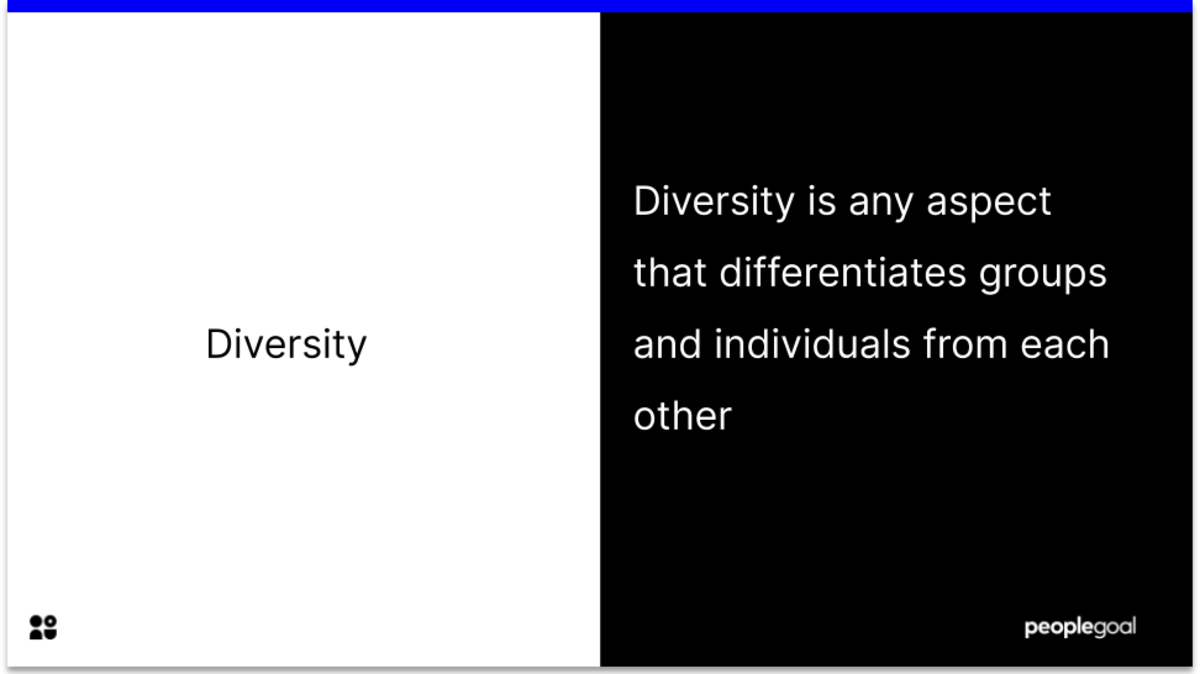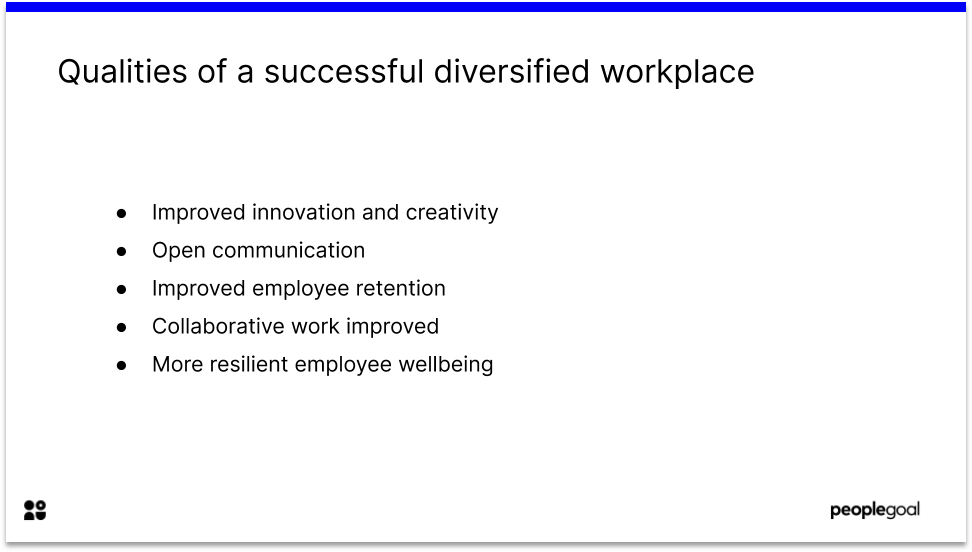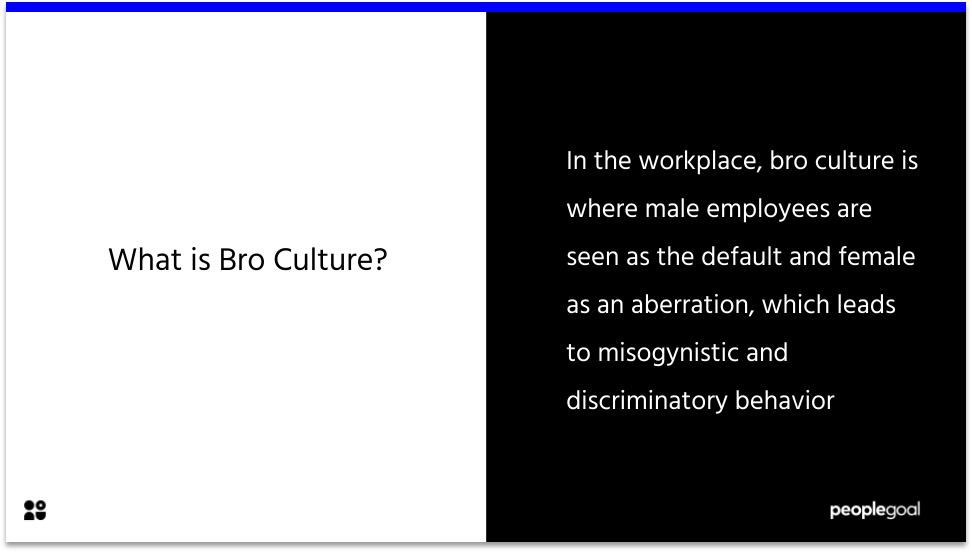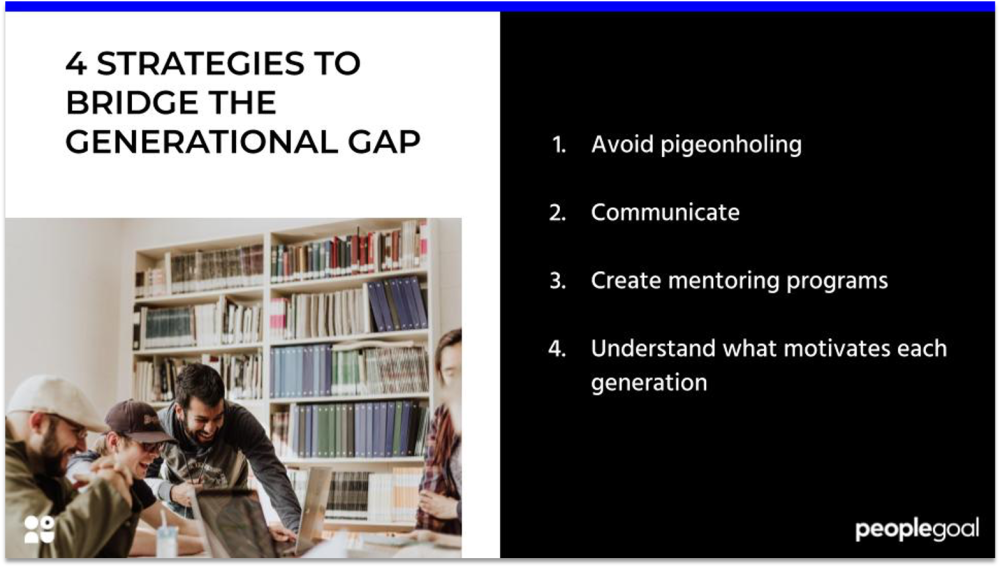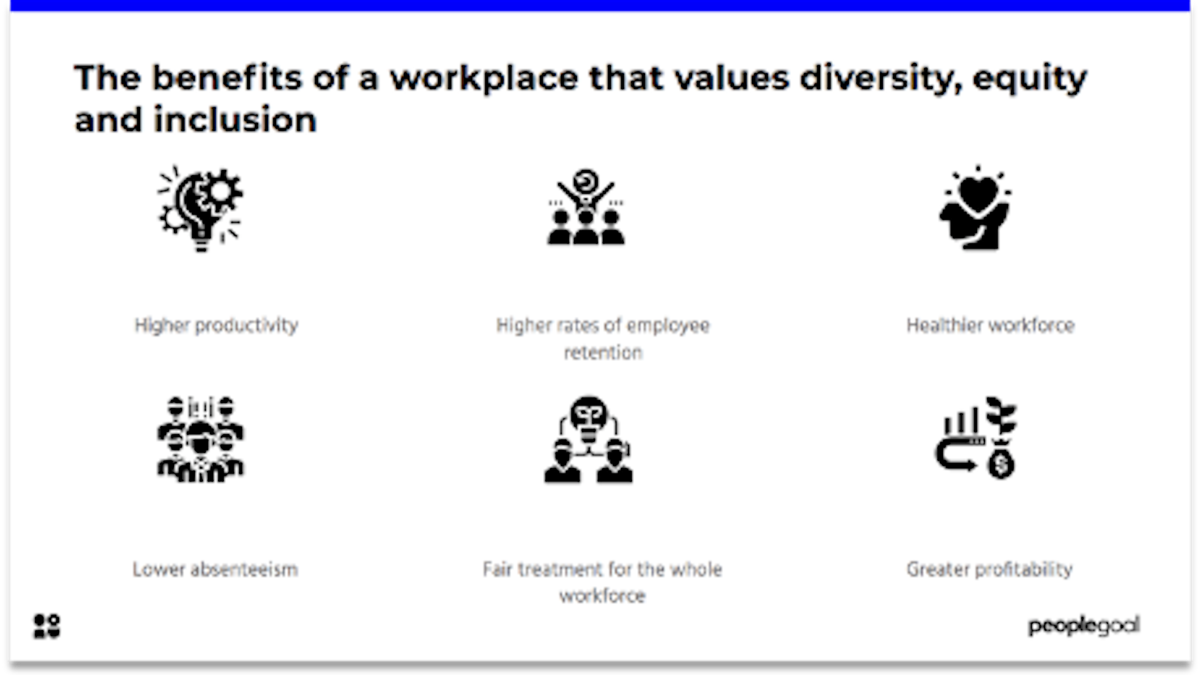Diversity and Inclusion Drives Innovation
Diverse and inclusive companies drive innovation. However, according to the Harvard Business Review, programs designed to increase diversity and inclusion in the workplace often fail. This article help you create an effective diversity and inclusion strategy that really works.
Diversity and Inclusion Explained
Diversity is about recognizing and embracing all people as individuals. It is about empowering people by celebrating what makes them different from others, whether that be in terms of gender, ethnicity, age, disability, religion, sexual orientation or education.
Many use the word inclusion interchangeably with diversity, or even equality. In fact, inclusion is the overarching culture that encompasses diversity and equality as well as many other aspects of our working lives.
Diversity is an invitation to a party, inclusion is being asked to dance
As Verna Myers points out in her Ted Talk, diversity is an invitation to a party, inclusion is being asked to dance. Inclusion is the culture in which all people feel included, are given equal opportunity to contribute to business success, and feel comfortable expressing their true selves.Creating an inclusive culture ensures that all employees feel valued, regardless of who they are and where they come from.
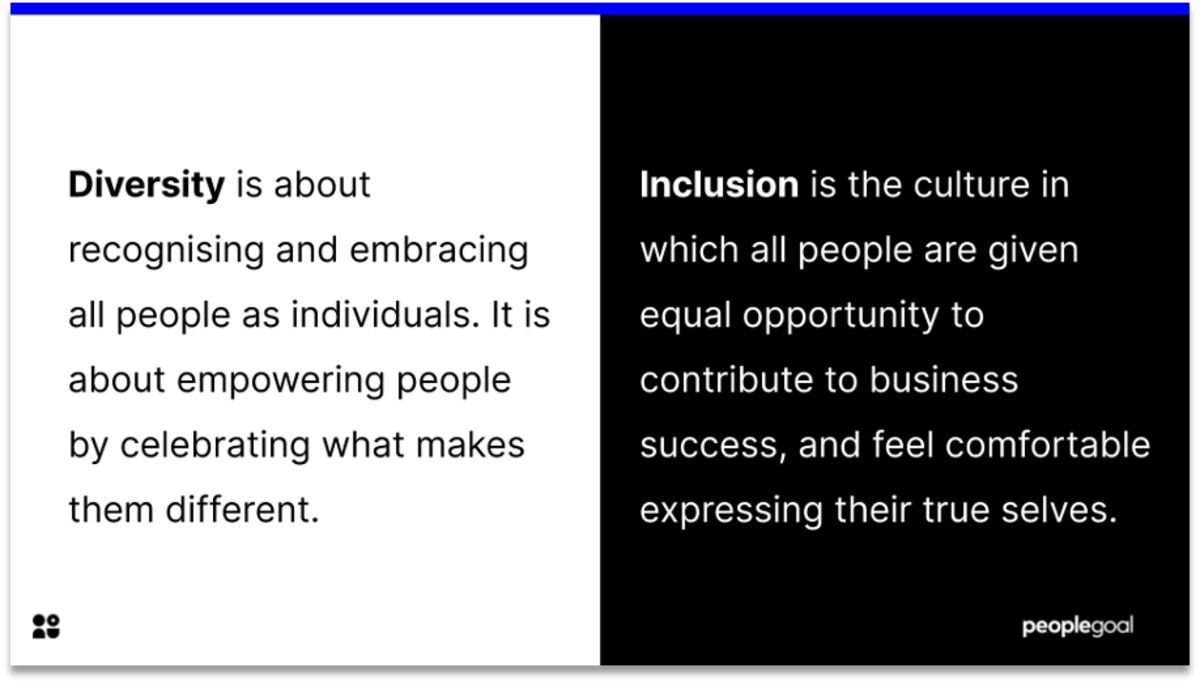
What is a Diversity and Inclusion strategy?
In order to establish a high performing culture of inclusion in the workplace it is essential that company leaders implement a specific D&I strategy that addresses structural issues within the organization. Many initiatives fall into the trap of being superficial, corporate box-ticking exercises that in reality do very little to address diversity in the workplace.
An effective strategy should go back to basics and systematically establish diversity and inclusion as a cornerstone of company culture and policy. It should implement regular training at all levels. This strategy must ensure that all employees work within an inclusive environment throughout their life-cycle: from recruitment to promotion to exit.
How an Effective Diversity and Inclusion Strategy Benefits People and Business
There is no argument that we all must build fairer and more inclusive workplaces because it is the right thing to do. Regardless of background, identity or circumstance, everyone deserves to work in a safe, supportive and inclusive environment and have their voice heard within the organization.
Research shows that having an effective D&I strategy improves both employee engagement and employee experience. Diverse teams and work environments not only have a positive impact on employees’ individual well-being, but also on wider business objectives.
Employers are increasingly recognising the importance of diversity in recruitment and retention. To be competitive organizations need to hire the best of the best, and that is achieved by diversifying hiring processes.
In a survey of more than 10,000 millennials, over 80% said that an employer’s policy on diversity, equality and inclusion is an important factor when deciding whether or not to work for them.
This reflects people’s desire to work for an organization whose values align with their own. An ethnically diverse workforce has the capacity to accelerate the development of new products and services, develop new business opportunities, expand market share and broaden an organization’s client base. In short, everyone stands to benefit when we embrace the value of diversity of ideas, ways of working, backgrounds and life experiences.
More than 80% of CEOs whose organizations have a diversity and inclusion strategy believe it has enhanced business performance.
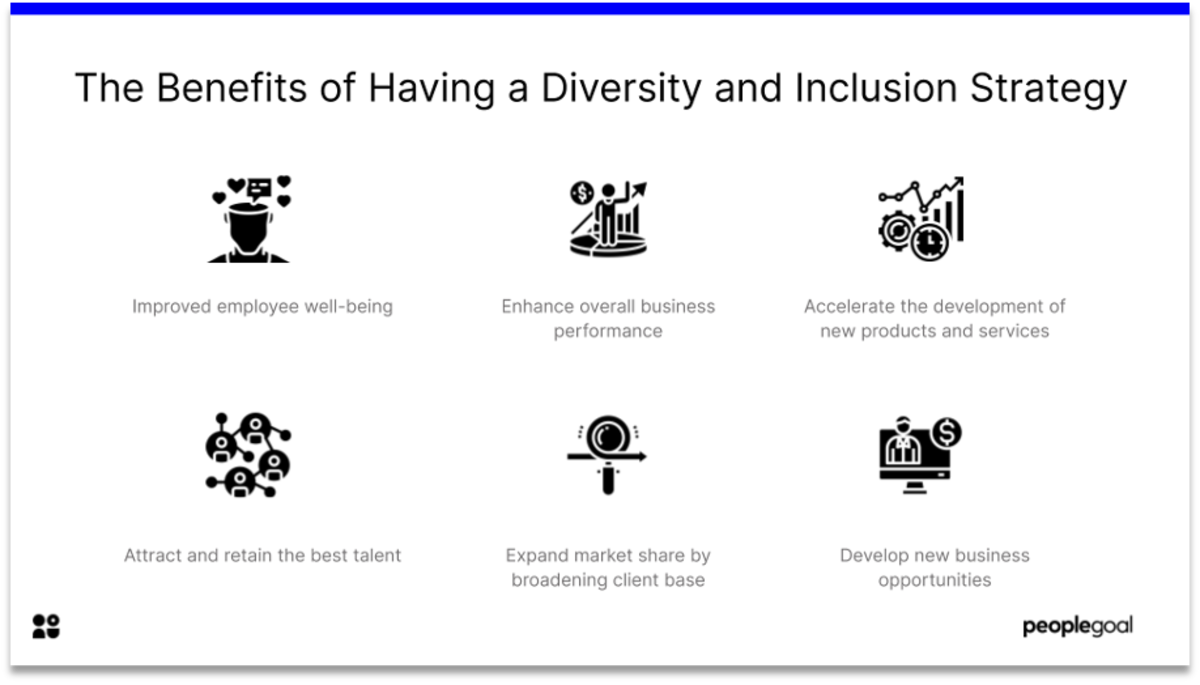
What are the Barriers to Diversity and Inclusion
One of the biggest barriers to diversity and inclusion is unconscious bias – preferences and prejudices that people themselves are not even aware of. We are more likely to trust people of a similar age, appearance and background to ourselves, and in business that translates favouring some people over others when hiring and promoting. Many groups who are traditionally under represented in senior management, including women, people with disabilities and people from ethnic minorities suffer as a result.
Another important barrier to progressing D&I in the workplace is a lack of integration into wider business management. There is still a tendency in the United States to see it as the responsibility of solely the HR department or a specialist team, when in fact it is also the responsibility of senior management. To see real progress, it is essential that this strategy is implemented across the organization, from selection to career development and progression.
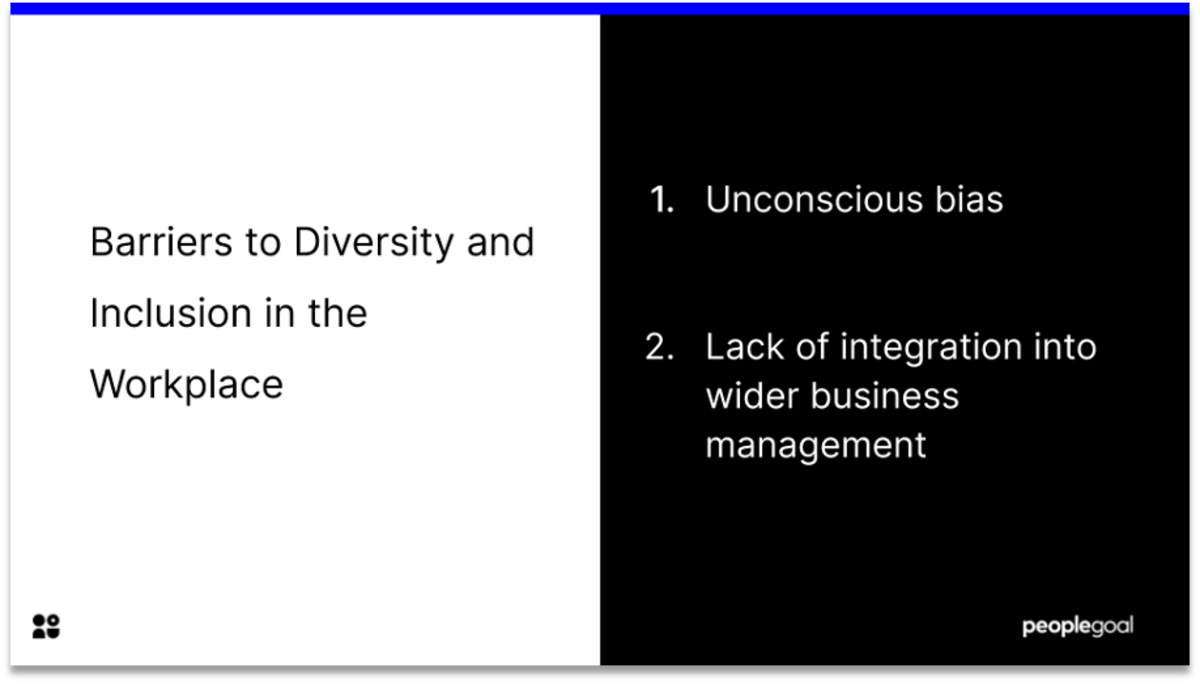
How do you Promote Diversity and Inclusion at Work?
Human resources professionals play a key role in implementing inclusive practices and promoting diversity and inclusion in the workplace. The first step is to establish a strategy with senior management to create a roadmap and establish goals and desired outcomes. Learning and development efforts can then raise awareness of expected behaviors. Managerial diversity training and engaging learning opportunities for employees can help create a culture that shoulders the D&I strategy in a shared way.
Where to Begin with your Diversity and Inclusion Strategy
Start with legal compliance. Be sure to align with the Civil Rights Act of 1964, and other employment legislation listed here. Then draft a diversity and inclusion policy. This should incorporate legal requirements but also surpass obligations.
What policies will you enact to create an equitable environment, for example instating a gender-neutral bathroom for non-binary staff? Your policy will codify the behaviors you expect from all employees. Secondly, conduct a diversity and inclusion survey. This benchmarks areas for improvement so that your D&I strategy is based on data.
These five core areas will help you use this people data to create positive change.
5 Key Features of an Effective Diversity and Inclusion Strategy
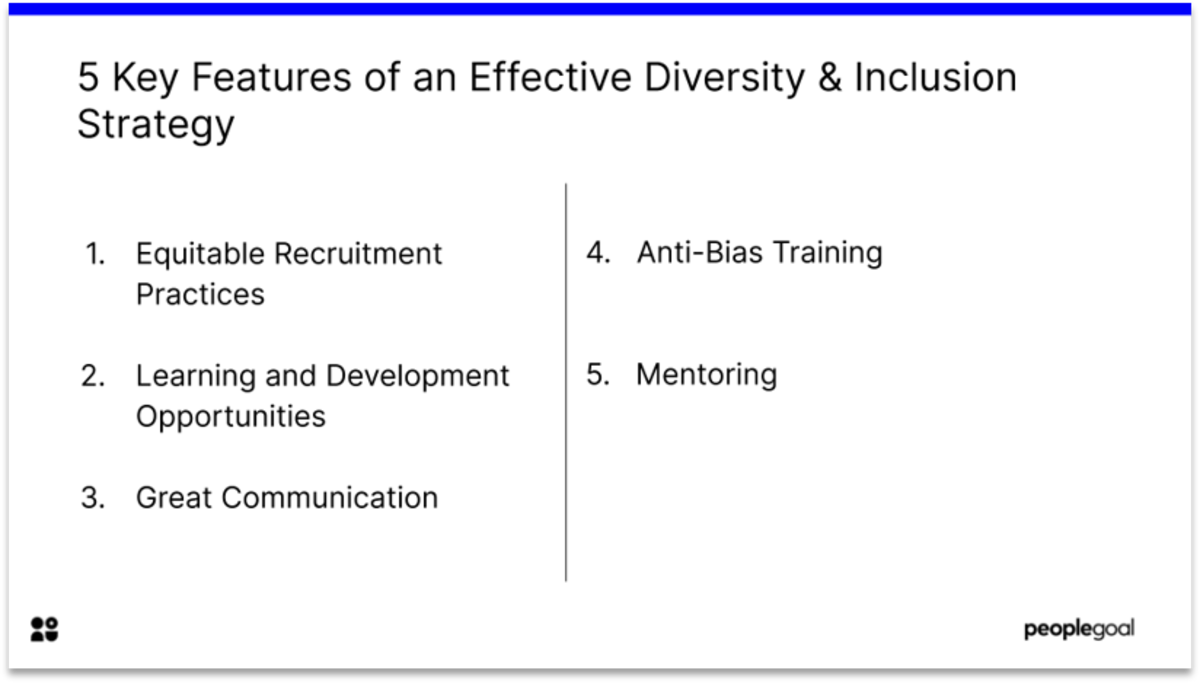
1. Equitable Recruitment Practices
The way a company attracts new talent is crucial to D&I efforts. Managers should advertise vacancies widely to a diverse set of individuals. LinkedIn research. found that women are much more likely to rely on third-party job websites.
Employers should widen their outreach. Recruitment websites that target under represented groups are a great starting point, such as veteransconnect.com for ex-service people, or outpronet.com, which connects individuals from the LGBTQ+ community to placements.
Externalize communities within your organization – how can employee resource groups reach out to the groups they represent in the wider community?
2. Learning and Development opportunities
Learning and Development emboldens your D&I approach. Learning clarifies expected behaviors. Values are more concrete when linked to everyday actions. Remote-work makes this interactive: through podcasts, virtual book groups or online anti-bias training.
L&D is powerful as employees want to learn! According to FastCompany, 68% of employees say training and development is their company’s most important policy. Engage this love of learning by making D&I efforts an ongoing learning experience. Rather than an HR outpost, employees view cultivating an inclusive culture as a responsibility for all.
Online courses and serious discussions aren’t the only ways to inform. Casual settings can be helpful. Mark National Disability Employment Awareness month through a virtual Lunch and Learn. Aim to facilitate discussion and raise consciousness in a fun and natural way.
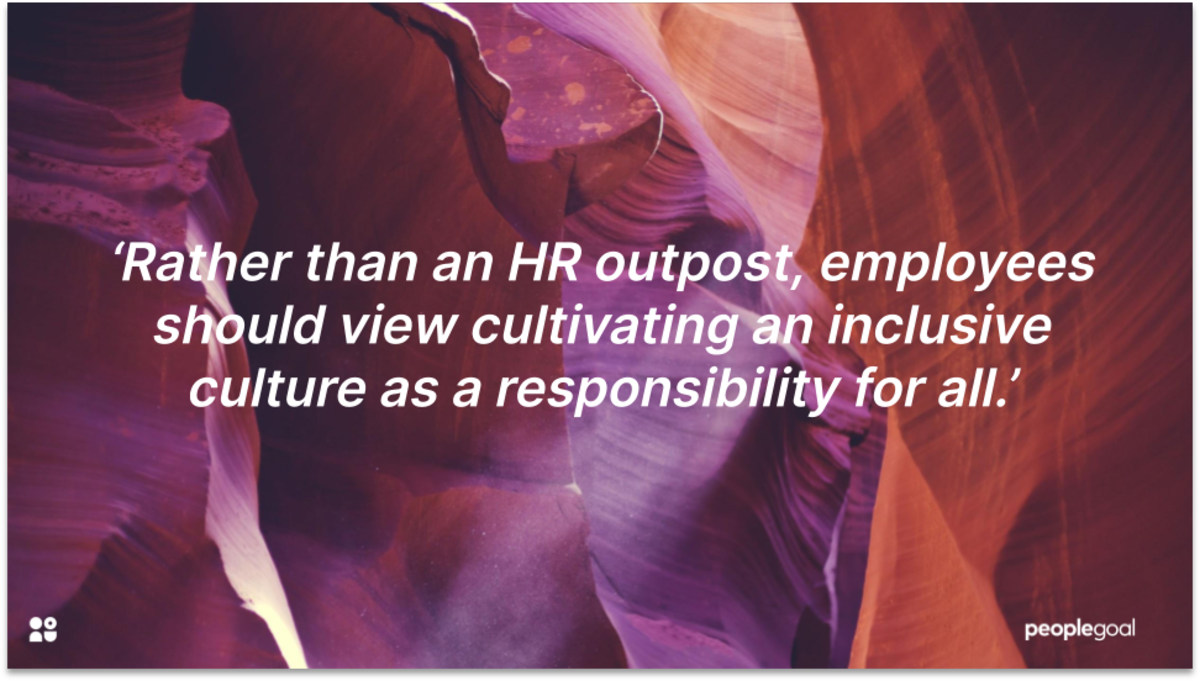
3. Great Communication
When it comes to creating a supportive culture, communication is essential. Great communication requires an accepting, open-minded environment. Consider different styles for opening up discussions. One-on-ones can be useful, but managers should avoid placing a burden on employees from under represented groups to educate them on D&I issues.
Instead, leadership can create a foundation of trust by opening themselves up to challenge and criticism. A manager town-hall democratizes communication, as managers make themselves vulnerable to difficult questions.
4. Anti-Bias training
Bias is often viewed as a fixed state, however studies show that our biases are more malleable than we might think. FutureLearn offers an Understanding Diversity and Inclusion course. Grovo offers free unconscious bias training with engaging videos and quizzes. However, one of the most powerful ways to challenge bias is simply to
interact with people from different backgrounds. Avoiding affinity bias and encouraging collaborative work can be transformative.
5. Mentoring
According to research by CISION, women and ethnic minority employees consider mentoring more valuable to their careers than their white male counterparts. Companies should consider creating a formal mentoring program, but also allow employees to find mentors externally. This creates a space for under represented groups to engage in informal and honest communication about their experiences. Mentors can help diverse talent to create actionable development plans, and inspire self-reflection about what employees seek from their career.
Set a clear path towards diversity and inclusion, and follow it!
Setting a clear path for your D&I strategy transforms abstract values into actionable steps. An inclusive environment boosts employee mental health, engagement and creativity. Make sure your action plan pays attention to these key features.
Why not start creating equitable practices today? This blog post will help you draft an insightful Diversity and Inclusion survey.
Ready to 3x Your Teams' Performance?
Use the best performance management software to align goals, track progress, and boost employee engagement.

